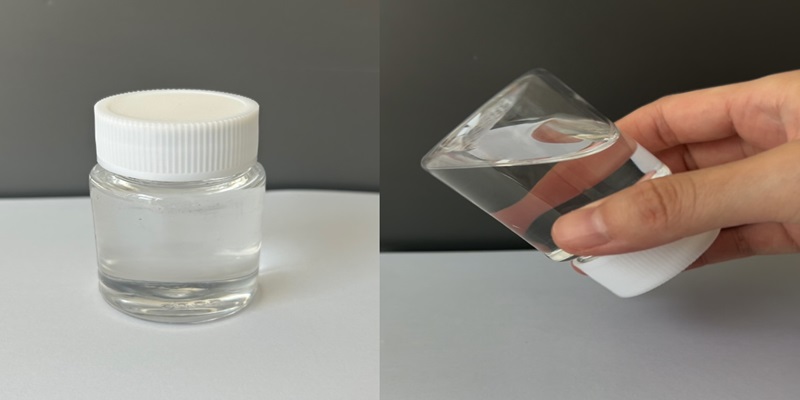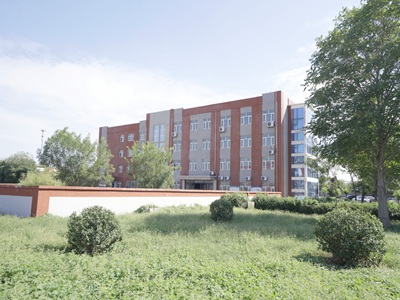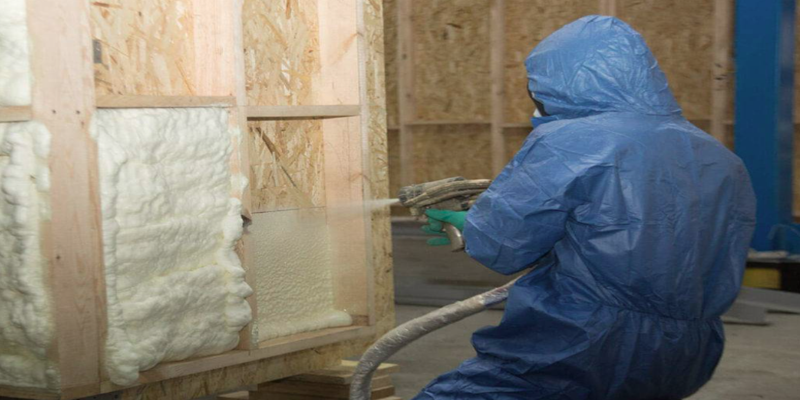The production principle of spray foam insulation materials
Spray Foam Insulation (SPF) is an advanced thermal insulation material made by precisely mixing two key components – polyol resin and isocyanate. When these two liquid components are mixed in a special spraying device, a rapid chemical reaction occurs under the action of the catalyst, and carbon dioxide gas is released at the same time, causing the mixture to expand 30-60 times in 10-15 seconds, eventually forming a polyurethane foam with excellent thermal insulation properties.
This chemical process consists of two core reactions:
1. Gel reaction: isocyanate reacts with polyol to form a polyurethane polymer skeleton
2. Foaming reaction: isocyanate reacts with water to generate carbon dioxide gas
Excellent performance of MXC-BDMA catalyst
Our MXC-BDMA (N,N-dimethylbenzylamine, CAS 103-83-3) is a high-efficiency amine catalyst optimized for rigid spray foam, with the following core advantages:
1. Precise reaction control
- Provides an ideal foaming/gelling reaction balance (reaction ratio can be accurate to ±3%)
- Ensures a stable rising curve (expansion height deviation <5%)
- Adapts to different ambient temperature and humidity (stable performance in the range of 5-35℃)
2. Excellent foam quality
- Forms a uniform closed-cell structure (closed-cell ratio>90%)
- Cell diameter is controlled in the optimal range of 100-300μm
- Increases the bonding strength with the substrate by 40% (ASTM D1623 test)
3. Process advantages
- Increases initial fluidity by 25%, ensuring complete filling of complex structures
- The curing time is shortened by 15-20%, which improves the construction efficiency.
- Low odor formula (VOC<50μg/m³) improves the working environment.
The key role of catalysts in SPF production.
As the “reaction conductor” of polyurethane production, the catalyst system ensures the formation of high-quality foam through three mechanisms:
1. Kinetic regulation:
- Precisely control the reaction initiation time (usually 15-30 seconds)
- Adjust the maximum exothermic temperature (generally controlled at 140-160℃)
- Balance gas generation and polymer curing rate
2. Structural optimization:
- Amine catalysts (such as MXC-BDMA) dominate gas formation
- Metal catalysts (such as stannous octoate) regulate polymer cross-linking
- Composite use can obtain ideal pore structure
3. Performance enhancement:
- Improve dimensional stability (volume change rate <1%)
- Optimize thermal conductivity (up to 0.020-0.028W/m·K)
- Enhanced mechanical strength (compression strength>150kPa)
Industry application solutions
MXC-BDMA is particularly suitable for the production of spray foam in the following areas:
Building insulation
- Exterior wall insulation system
- Roof waterproof insulation layer
- Cold storage insulation project
Industrial equipment
- Pipeline insulation jacket
- Tank insulation protection
- Process equipment insulation
Special environment
- Low temperature environment construction (as low as 5℃)
- Application in high humidity areas (RH>80%)
- Vertical surface and ceiling spraying
Professional technical support
We provide spray foam manufacturers with:
- Formula optimization service: Adjust the catalytic system according to your equipment parameters
- Process diagnosis: Solve common problems such as foam shrinkage and cracking
- Sample testing: Provide 50-100g trial packs for small tests
- Technical training: Regularly hold SPF production technology seminars
Get product information
For detailed technical parameters of MXC-BDMA or to apply for samples, please contact:
Post time: May-13-2025



